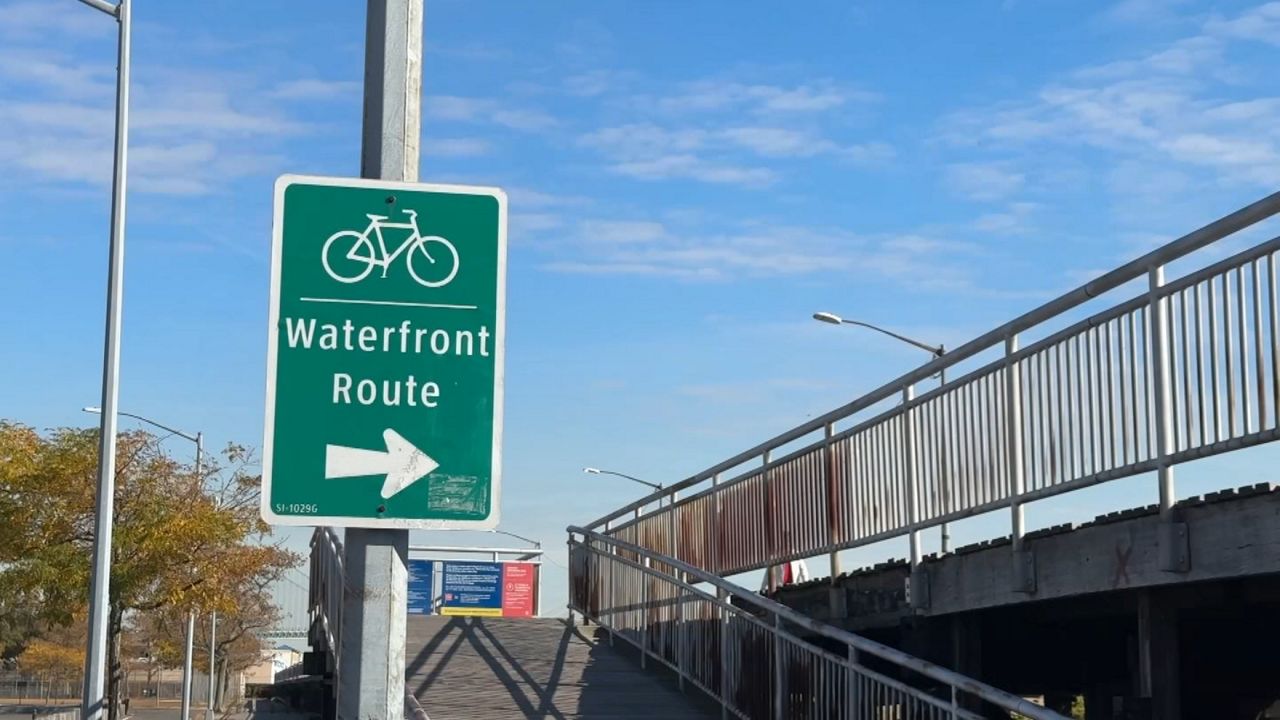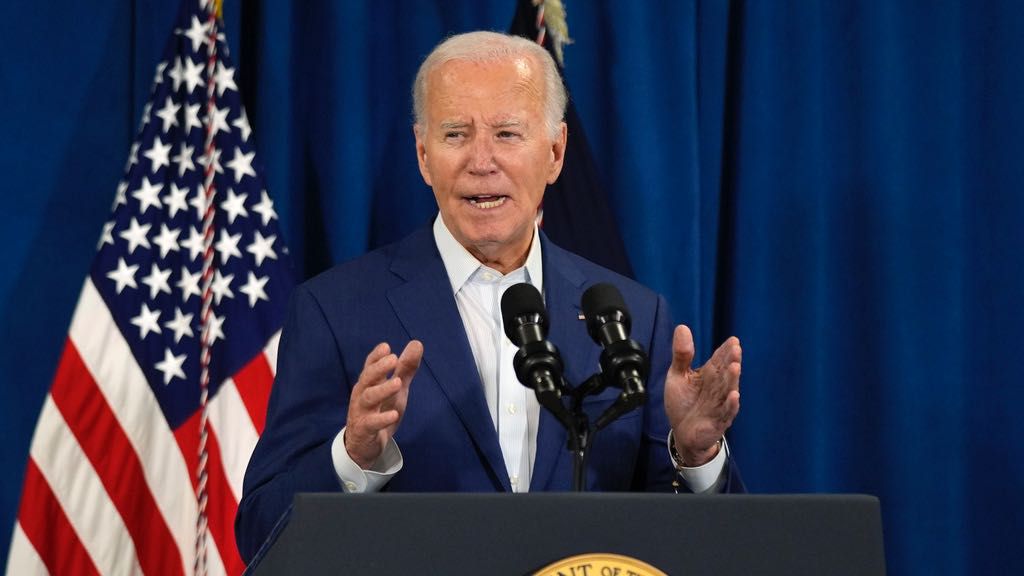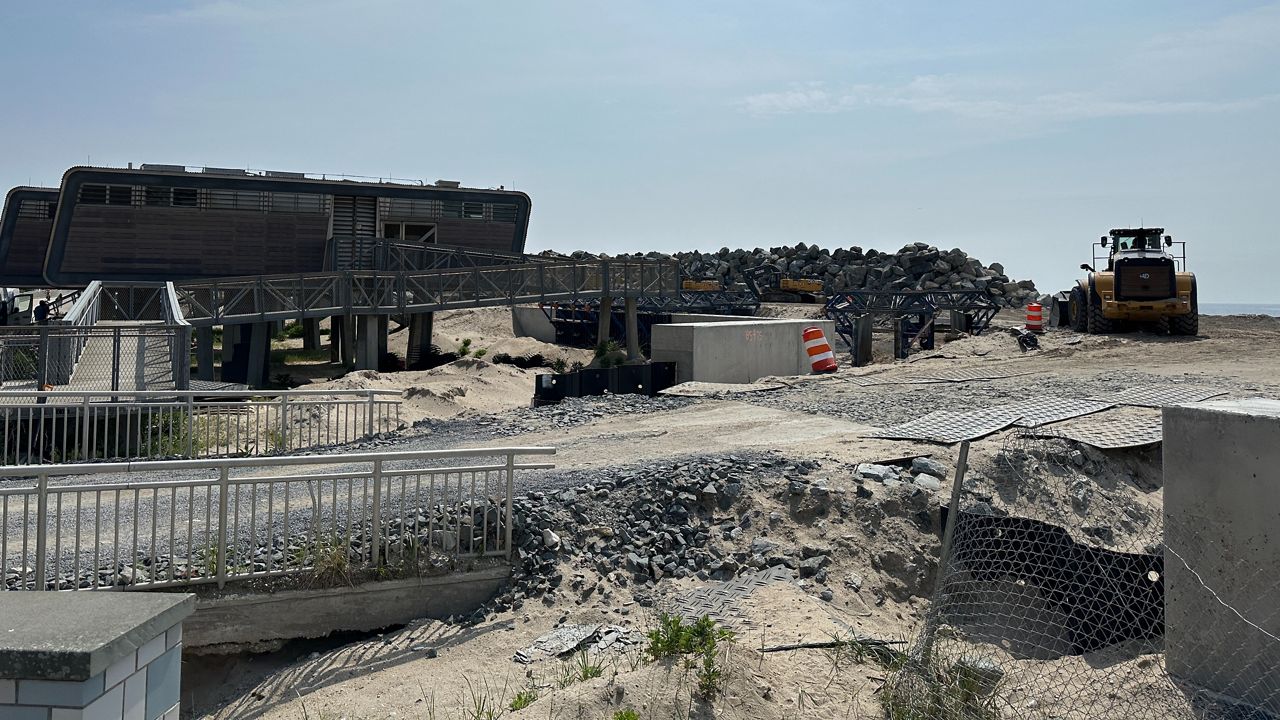Times Square may be known for its buzz, but a few blocks away, it’s more literal. On the seventh floor rooftop at 1 Bryant Park are half a million honey bees.
They've been tenants at the Durst Organization property for about a decade now.
“They don’t have it much better than here,” said Andrew Coté, an urban beekeeper who cares for the insects at the site.
What You Need To Know
- Data shows a 500% increase in beehives registered with the New York City Department of Health and Mental Hygiene since the program began
- They can be found all over the city, including at high-profile locations and atop skyscrapers
- Bees will travel up to three miles to pollinate and collect nectar. They need 1 million flowers to eventually produce one pound of honey
He said the popularity of beekeeping in the city has been noticeable, and city data backs it up. When beekeepers were first allowed to register with the city in 2010, there were 68 total hives. This year, there are already 421. It's on pace to meet last year's record of 610.
He said the bees will fly as far as three miles away from their hive, pollinating, collecting nectar and returning back to their base, where they create honey.
“From the alfalfa that feed the cattle to the almond, avocados, all the way to zucchini, A to Z, honey bees are very much a part of our food system,” he said.
He knows a lot about beekeeping because it runs in the family.
“My father taught me beekeeping. He’s 80 years old. He still keeps bees," Coté said as he did his weekly maintenance of the colonies at 1 Bryant Park. "His mother kept bees. Her father. His father.”
All his family experience does not prevent him from getting stung.
“It’s like having your heart broken. It hurts every time,” he said with a smile.
Coté said it takes between five and 10 minutes typically to ensure everything is OK at each colony atop 1 Bryant Park, and when the byproduct of the bees' work is complete, he'll get it bottled.
The Durst Organization will give the honey produced on their roof as gifts to their tenants, but elsewhere around the city, Coté has created an entire business.
He owns Andrew's Honey, and sells honey he harvests. He maintains hives all across the city, and has a stand multiple days a week at the Union Square Farmers Market.
The top of each bottle from New York City has the specific location. On one Saturday in August, he had a display of 31 different sites — from Williamsburg to Harlem and from Astoria to Tribeca.
“The bees will do what they’ve been doing for the last 100 million years. I need them more than they need me," he said.
What Coté said he's noticed, though, as more people become urban beekeepers: The output of his honey has been dropping. Each hive at 1 Bryant Park can produce up to 120 pounds of honey per year, but he said his annual output is closer to 50 pounds.
He said each bee needs 1 million flowers to get enough nectar to produce one pound of honey.
"There comes a point where they are fighting for the same resources,” Coté said.
It’s why he said it’s important to register with the city so the numbers can be accurately tracked.









